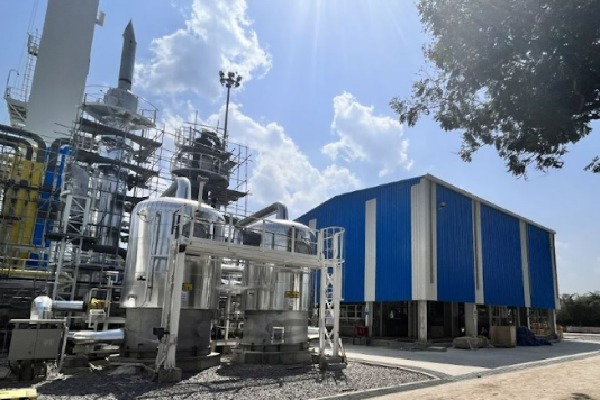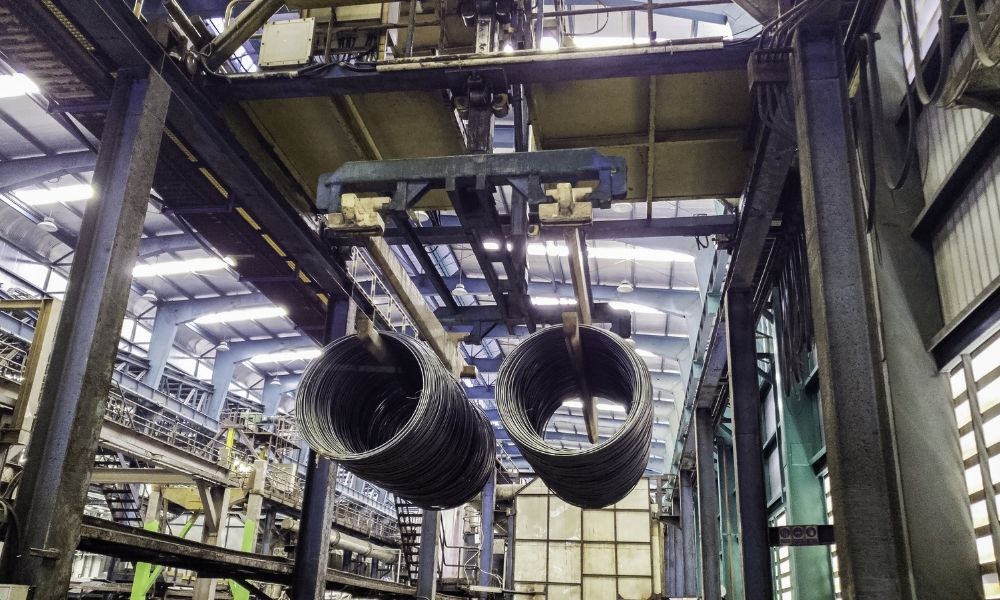Proper integration of industrial components determines the efficiency of material handling systems. When equipment components experience compatibility issues, it disrupts the entire processing line and leads to unnecessary downtime. Manufacturing facilities invest significant resources in identifying potential challenges before they escalate into major operational problems.
The implementation of a rotary air valve within pneumatic conveying systems demands careful evaluation of various factors. These valves serve as critical junction points between different pressure zones while maintaining consistent material flow. Understanding their compatibility requirements helps prevent issues that could compromise system performance.
Essential compatibility checkpoints
-
Material characteristics and flow behaviour
Different materials exhibit unique flow patterns and physical properties. Examining material cohesiveness, particle size distribution, and moisture content establishes the baseline for valve selection. Abrasive materials require special consideration regarding rotor design and material construction.
-
Operating conditions and environmental factors
Temperature fluctuations, pressure differentials, and ambient conditions impact valve performance. Systems operating in extreme temperatures need appropriate seal materials and clearance specifications. High-pressure applications demand robust construction and precise tolerances to prevent air leakage.
-
Space constraints and mounting configurations
Physical space limitations often create installation challenges. Proper clearance for maintenance access and rotor removal must be considered. Mounting arrangements should accommodate existing ductwork and support structures while maintaining optimal material flow paths.
System requirements assessment

-
Throughput capacity verification
Accurate calculation of material flow rates ensures proper sizing. Undersized valves restrict material movement, while oversized units waste energy and space. Regular monitoring of actual throughput helps identify potential bottlenecks in the system.
-
Pressure differential analysis
Maintaining a consistent pressure drop across the rotary air valve system ensures that it remains stable. Excessive pressure differences strain valve components and affect seal integrity. Implementing pressure monitoring systems enables early detection of developing issues.
-
Drive system compatibility
Motor specifications must match torque requirements and operational speeds. Variable frequency drives offer flexibility in adjusting rotation speeds to optimize material handling. Regular assessment of power consumption patterns indicates potential mechanical problems.
Preventive measures and monitoring
-
Installation alignment verification
Precise alignment of inlet and outlet connections prevents material buildup and uneven wear. Proper support structures minimize vibration transfer and maintain consistent clearances. Regular inspection of mounting hardware ensures continued stability.
-
Seal integrity monitoring
Different sealing arrangements suit specific applications and operating conditions. Air purge systems protect seals in dusty environments. Monitoring seal wear patterns helps schedule maintenance before failure occurs.
-
Performance tracking systems
Modern facilities implement sensor-based monitoring solutions. Data collection enables trend analysis and predictive maintenance planning. Regular performance reviews identify gradual degradation before critical failures develop.
Maintenance considerations
-
Access requirements
Adequate clearance for routine maintenance activities saves time and resources. Quick-release features facilitate efficient cleaning and inspection procedures. Documentation of maintenance points helps technicians plan service activities effectively.
-
Spare parts availability
Critical components require readily available replacement options. Standardized parts reduce inventory requirements and simplify maintenance procedures. Regular evaluation of wear patterns helps optimize spare parts inventory levels.
Operational impact assessment
-
Process integration evaluation
The valve operation affects connected equipment and improves system reliability. Coordinated maintenance schedules to minimize production disruptions. Regular system audits identify potential compatibility issues before they impact production.
-
Performance optimization
Fine-tuning operational parameters maximizes efficiency and extends equipment life. Documentation of optimal settings provides reference points for future adjustments. Regular performance reviews ensure continued compatibility with changing production requirements.
Systematic evaluation and monitoring of these factors, facilities maintain efficient operation of their material handling systems. Regular assessment of compatibility factors ensures optimal performance and reliability. Implementing monitoring programs enables proactive identification of potential issues, minimizing unexpected downtime and maintaining consistent production schedules.

